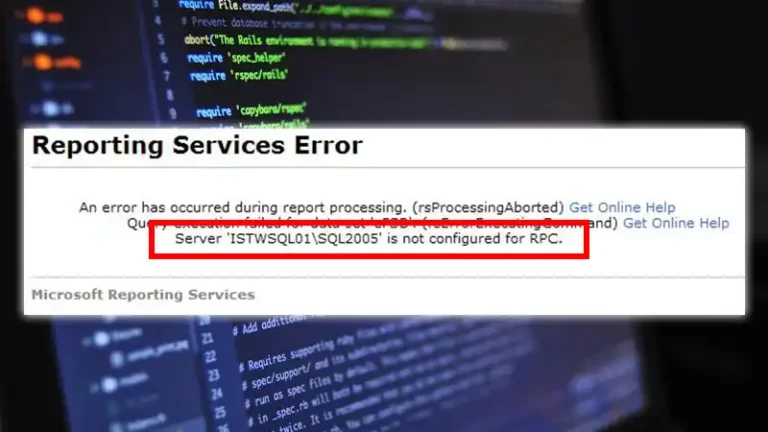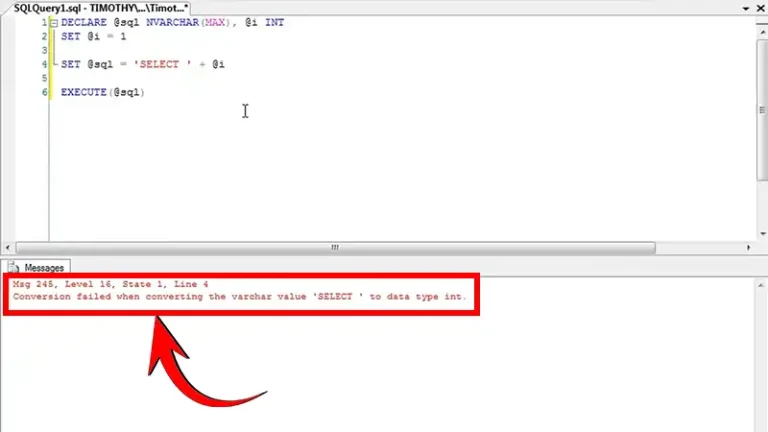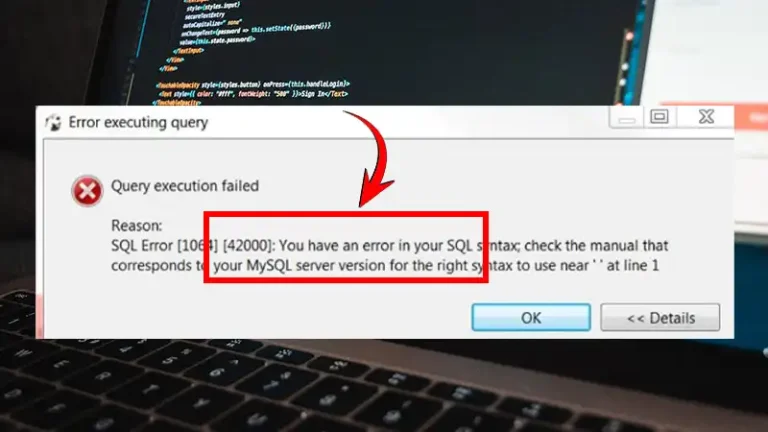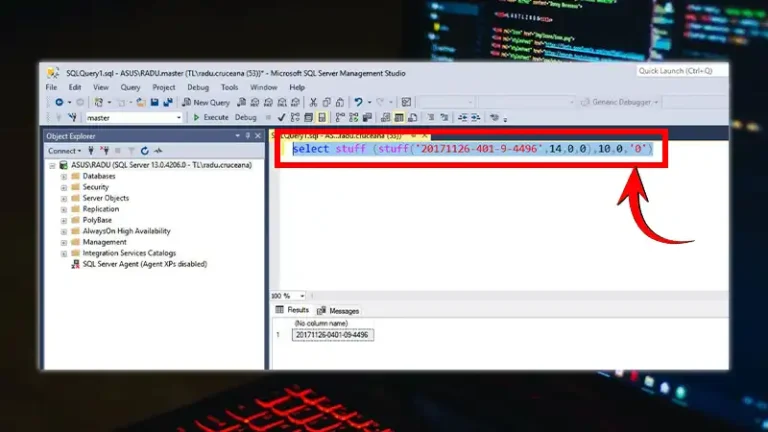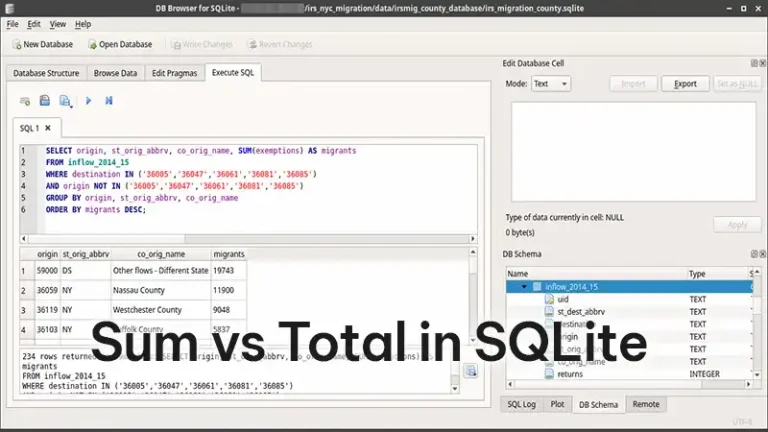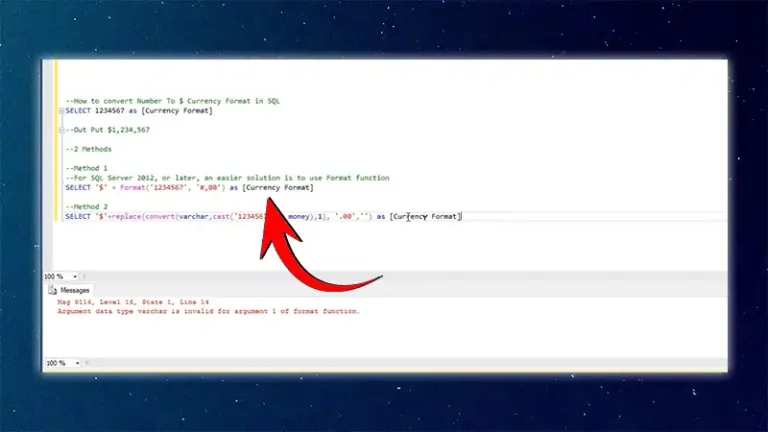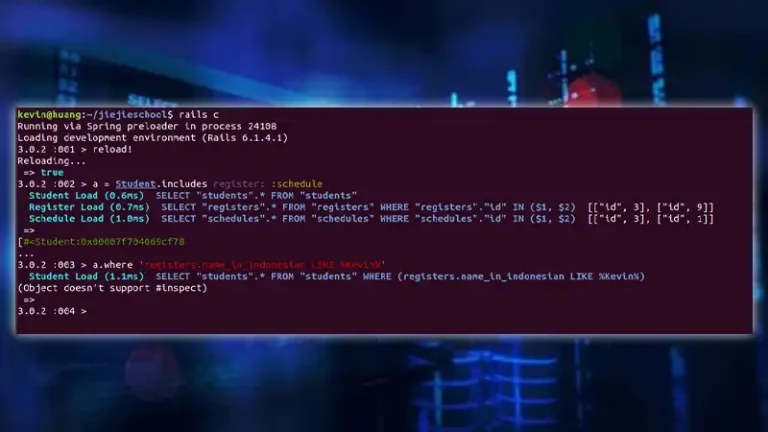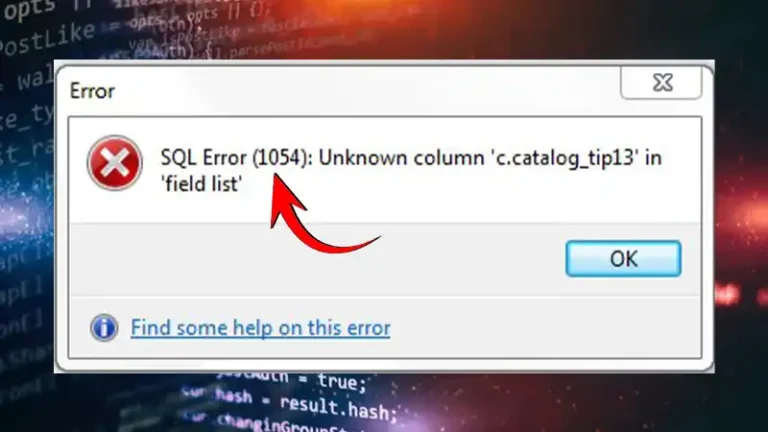Server Is Not Configured for RPC | Explained and Solved
Encountering Msg 7411, Level 16 or the “server is not configured for RPC” error in SQL Server often indicates a missing “RPC out” activation on the linked server where you’re attempting to execute code. Therefore, enabling “RPC out” on a linked server is the secret sauce for avoiding such errors. Follow the steps in this…

